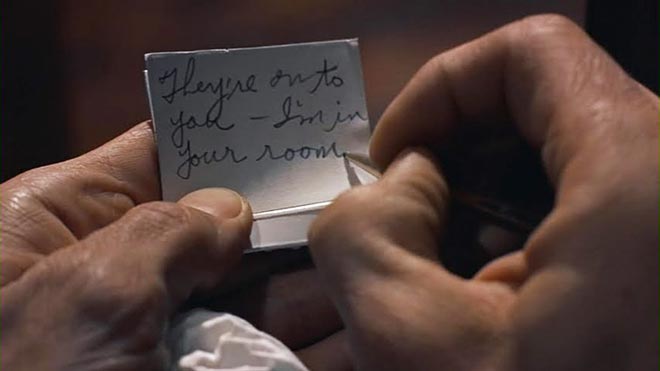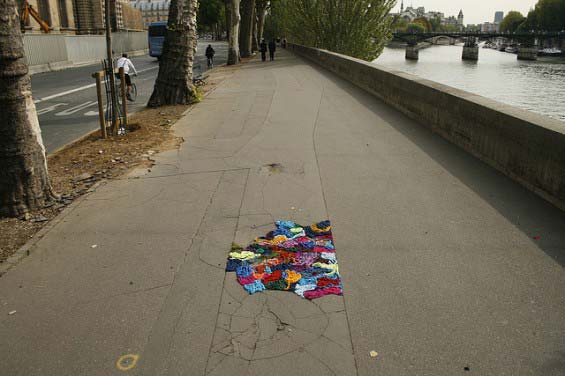It is clear that the heavy burden of private and public debt in a number of periphery countries— Greece, Ireland, Portugal—is so large that a debt restructuring and reduction will eventually have to occur, thus imposing—slowly or sharply—a capital loss on these periphery agents’ foreign creditors (mostly financial institutions in the core).
So, how can competitiveness be restored and growth resume in the periphery?
One way would be for the euro to sharply fall in value toward—say—parity with the U.S. dollar. But with Germany being uber-competitive, the core running current-account surpluses and the ECB always more hawkish than the Fed, there is little chance that the euro would fall sharply enough to restore the competitiveness of the PIIGS.
A second solution would be to take the German reform approach: Accelerate structural reforms to increase productivity growth and keep a lid on wage growth below productivity growth to reduce unit labor costs. But this will not work: Structural reforms show their gains only in the medium term—in the short run, they can actually reduce growth as you shed labor and capital from declining firms and sectors; also, it took 15 years for Germany to reduce unit labor costs by keeping wage growth below productivity growth; if Greece, Portugal, etc. start today, the benefit in terms of competitiveness and growth will occur only in a decade, too late to be politically acceptable.
A third option is deflation: If the PIIGS could reduce prices and wages by 5% per year for five years, you would get the necessary cumulative compound fall of 30% in nominal prices/wages to restore competitiveness. The problem with the deflation route to a real depreciation is twofold.
First, deflation is associated with persistent recession and no social or political body could accept another five years of recession to reduce prices/wages by 30%; Argentina tried the deflation route to a real depreciation, but after three years of an ever-deepening recession gave up and decided to default and exit its currency board peg.
Second, even if by some miracle deflation was feasible and successful, the real value of the already-high private and public debts would rise sharply (a balance-sheet effect), forcing even-larger defaults and debt reductions. (…)
If the euro is not going to fall sharply, if reducing unit labor cost takes too long to restore competitiveness and growth and if deflation is unfeasible or (if achieved) self-defeating, there is only one other way for the PIIGS to restore competitiveness and growth: Leave the monetary union, go back to national currencies and thus achieve a massive nominal and real depreciation. (…)
Scenarios that are inconceivable today might not be so far-fetched five years from now. (…) Debt reduction will not be sufficient to restore competitiveness and growth. So, unless the latter can be achieved in other ways, the option for PIIGS of exiting the monetary union will become dominant as the benefits of staying in will be lower than the benefits of exiting, however bumpy or disorderly that exit may end up being.
Messy marriages lead to messy divorces, but if the marriage doesn’t work, even the threat of a messy divorce cannot keep couples together that are not a long-term match.
{ Nouriel Roubini via John Mauldin | Continue reading }
In the coming decades, Europe’s influence on affairs beyond its borders will be sharply limited, and it is in other regions, not Europe, that the 21st century will be most clearly forged and defined. (…)
The current euro zone financial crisis should not obscure the historic accomplishment that was the building of an integrated Europe over the past half-century. The continent is largely whole and free and stable. Europe, the principal arena of much 20th-century geopolitical competition, will be spared such a role in the new century — and this is a good thing.
{ Washington Post | Continue reading }




















